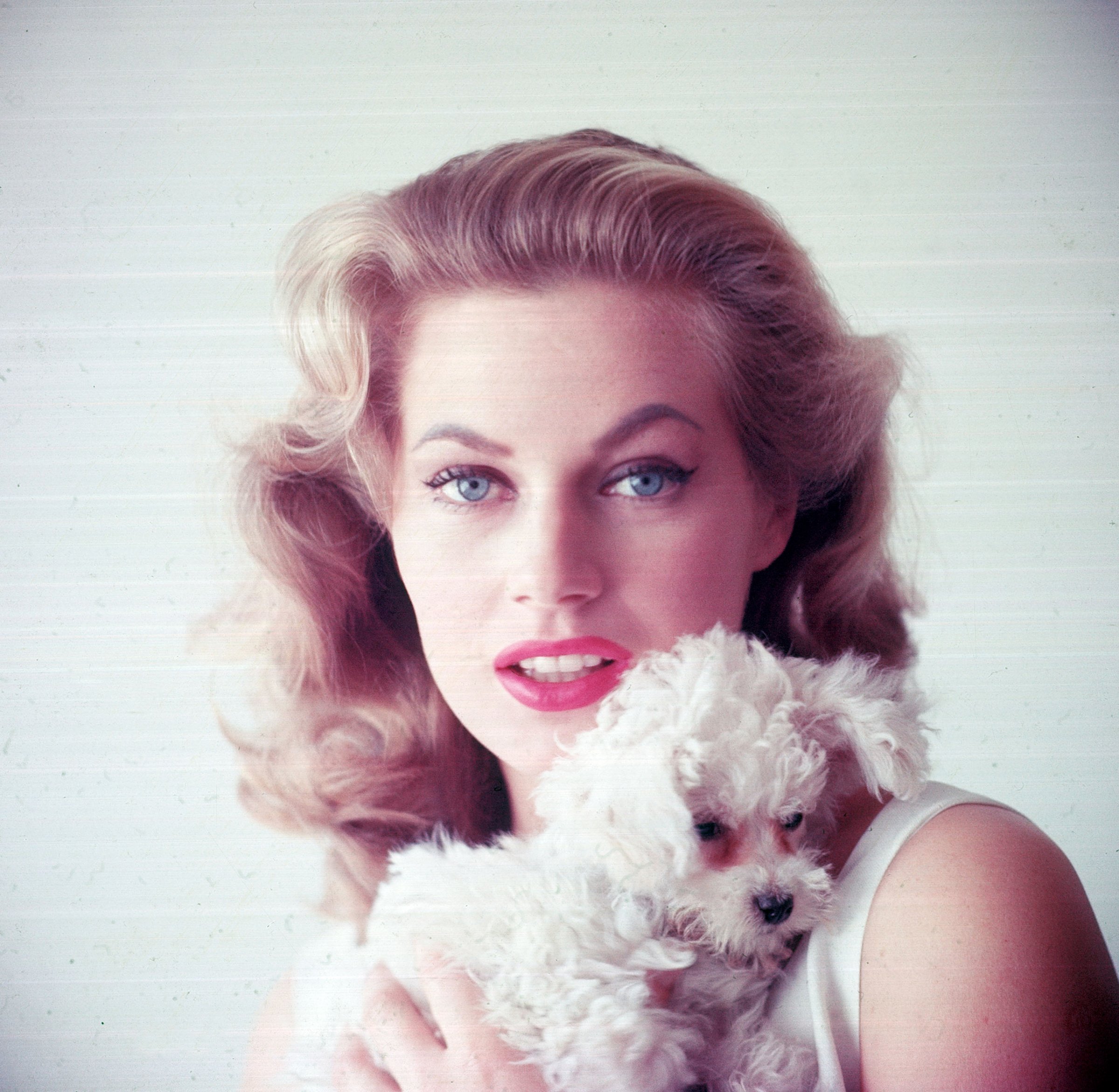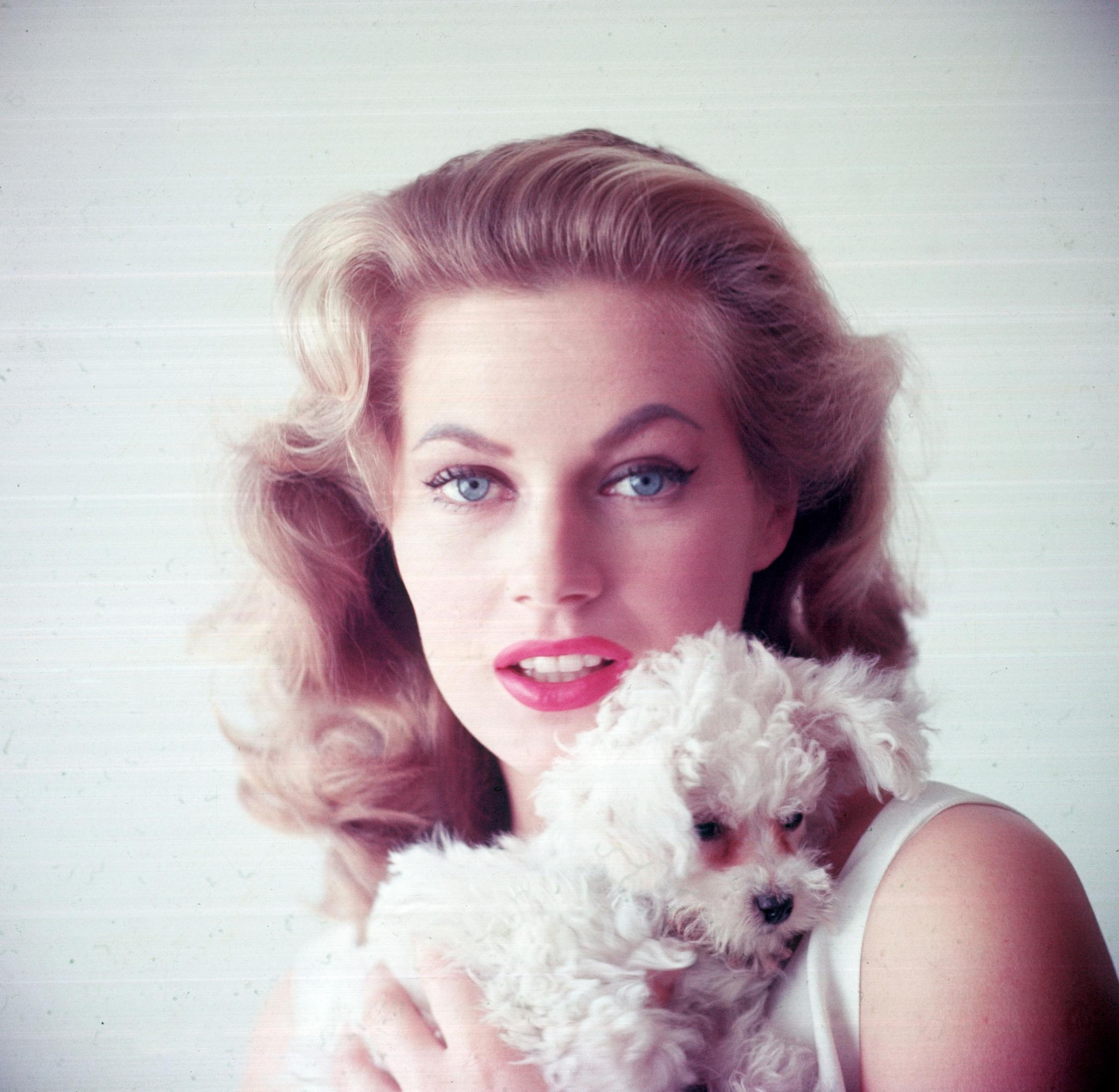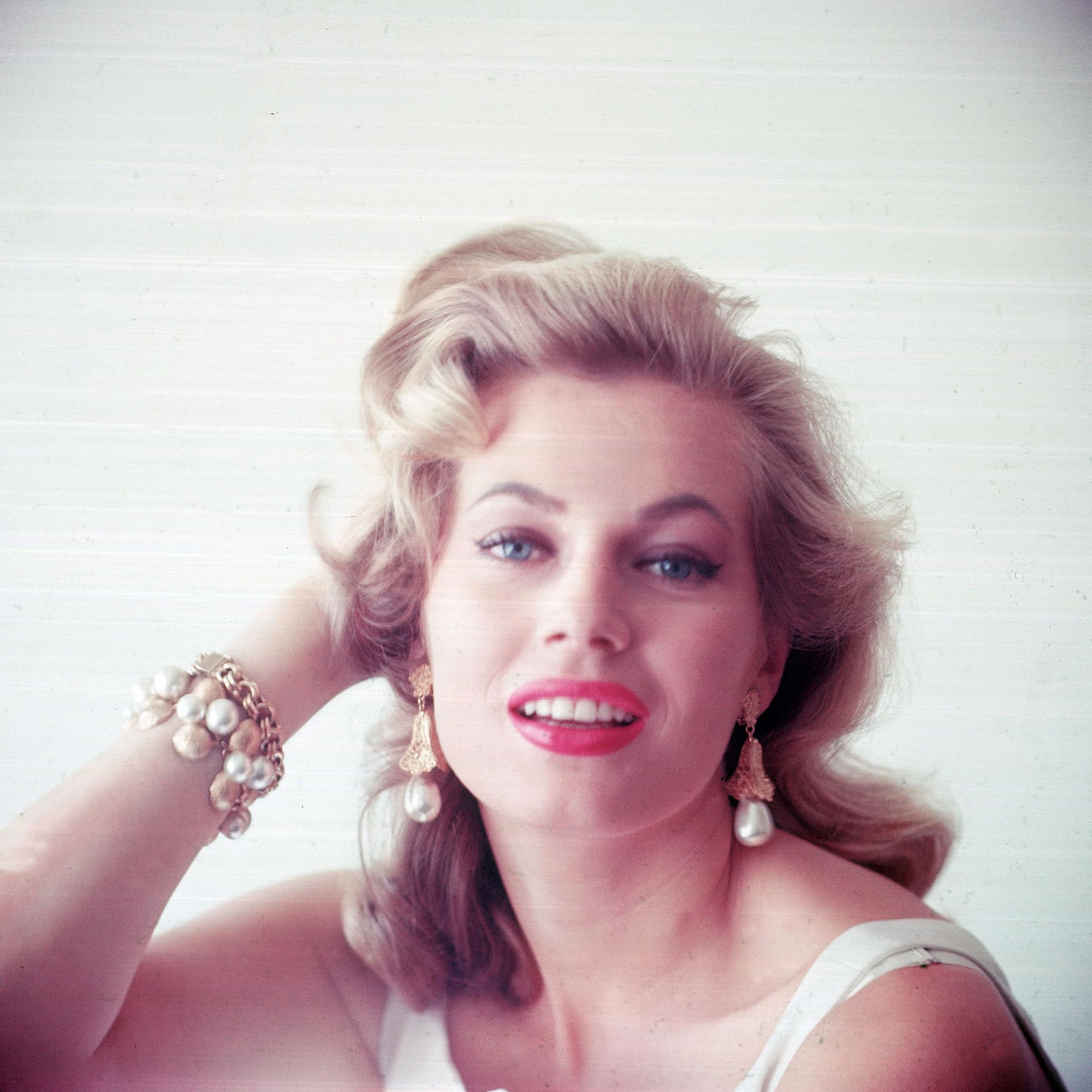
When Sylvia beckons for Marcello to join her in Rome’s Trevi Fountain in Federico Fellini’s 1960 classic La Dolce Vita, Marcello Mastroianni’s character admires Anita Ekberg’s form as if it were a work of art — as though Nicola Salvi’s Baroque masterpiece were not mere inches from his face. An important moment for the male gaze, to be sure, but also the scene that would cement Ekberg’s place in history as a seductive sex symbol of the silver screen.
But Ekberg, who died Jan. 11 at age 83, was far from just a flash in the pan with one credit to her name. The model-actress had a career before Fellini launched her onto the international stage (although she would later tell Entertainment Weekly it was the other way around) and went on to appear in dozens of films over the next four decades.
Ekberg, who began her career as a model in her teens, was crowned Miss Sweden at 20 and traveled to America as a guest at the Miss Universe pageant in 1951. It was after her debut at the Atlantic City pageant that LIFE magazine introduced her to the American public: “Miss Sweden takes play away from home-grown girls on U.S. visit.” The article enumerated her five-word English vocabulary (“yah, no, hamboorger, El Morocco, ice cream”) and detailed what she would need to do in order to find success as a model in the states: slim her waistline by four inches, pick up more of the language and work on her poses. (The article features several photographs of Ekberg attempting a fish face, which was then de rigueur among American fashion models.)
Two years later, she had attracted enough attention to land her first credited film role, in Abbott and Costello Go to Mars. After a prolific few years that included a role in the film adaptation of Tolstoy’s War and Peace, she won a Golden Globe in 1956 for most promising newcomer. Her performance in War and Peace, alongside Henry Fonda and Audrey Hepburn, would catch the attention of one Fellini and set the ball rolling for that fateful bath in a Roman fountain.
After La Dolce Vita, Ekberg starred in an anti-communist propaganda film, The Dam on the Yellow River, the western 4 for Texas with Frank Sinatra and Dean Martin, the comedy Call Me Bwana alongside Bob Hope and several more Fellini films. Her American film career waned during the 1970s, after which she continued to make movies in Europe. Ekberg told EW this was largely because American directors tend to forget about European actresses. She also renounced the sex and violence so common in modern cinema, lamenting: “Where is the elegance? The mystery? The romance?”
Rarely described without physical modifiers next to her name — “magnificently ample” was pretty much all that one 1962 LIFE article had to say about one of her performances — the same beauty that helped launch her career would take on a more complex role in her life. “When you’re born beautiful, it helps you start in the business,” she said. “But then it becomes a handicap.”
Part of this handicap was, not surprisingly, Ekberg’s popularity with the tabloids. In a particularly tense incident in 1960, she wielded a bow and arrow when a throng of paparazzi began photographing her outside her villa in Rome. As LIFE described the run-in, “Without bosomy film stars, their touchy escorts and a scrambling swarm of free-lance photographers, Roman night-life might settle into a drab round of leisurely dinners and restful traffic jams. But there’s always Anita Ekberg.”





More Must-Reads from TIME
- Cybersecurity Experts Are Sounding the Alarm on DOGE
- Meet the 2025 Women of the Year
- The Harsh Truth About Disability Inclusion
- Why Do More Young Adults Have Cancer?
- Colman Domingo Leads With Radical Love
- How to Get Better at Doing Things Alone
- Michelle Zauner Stares Down the Darkness
Write to Eliza Berman at eliza.berman@time.com